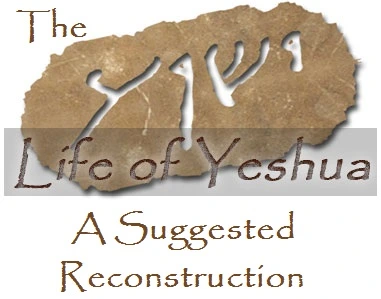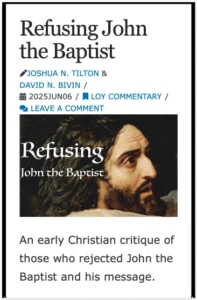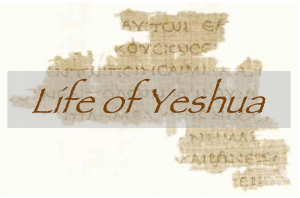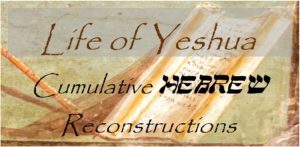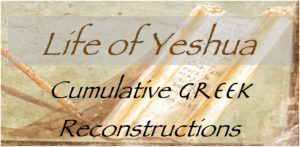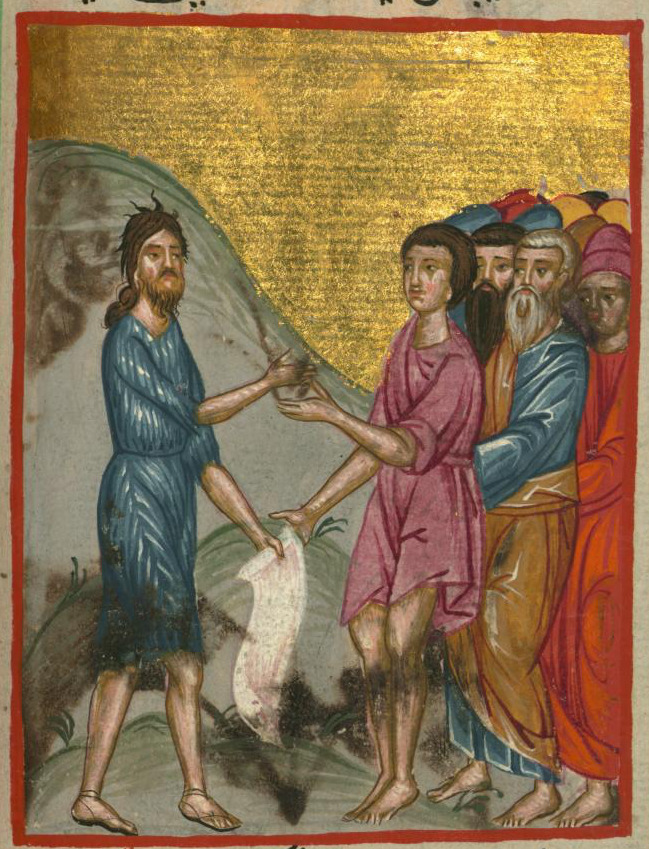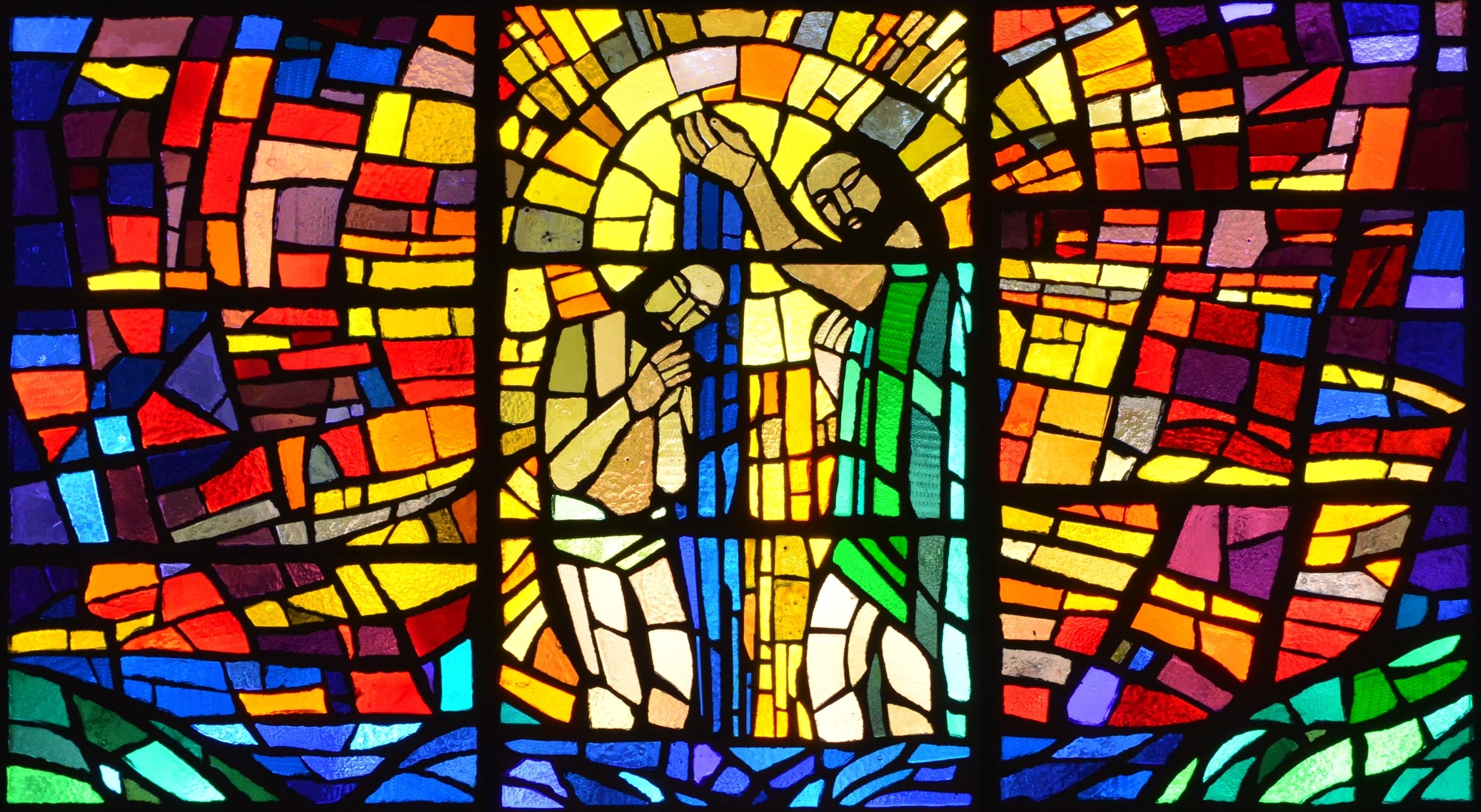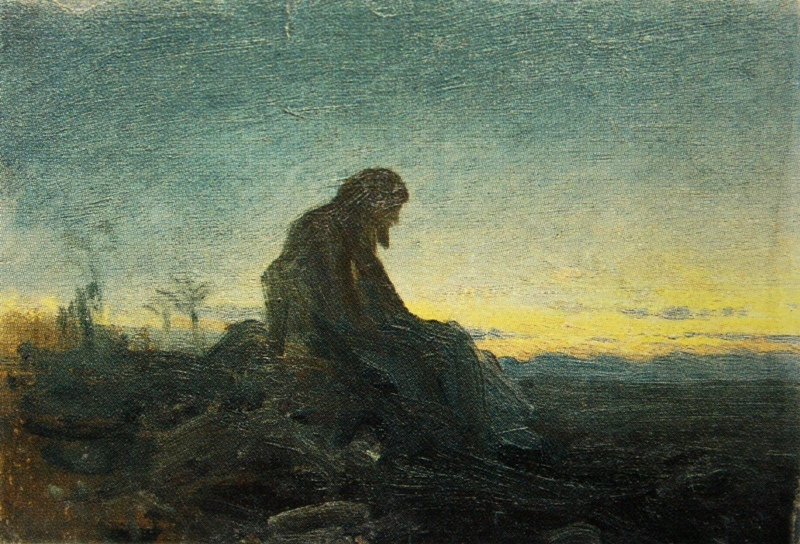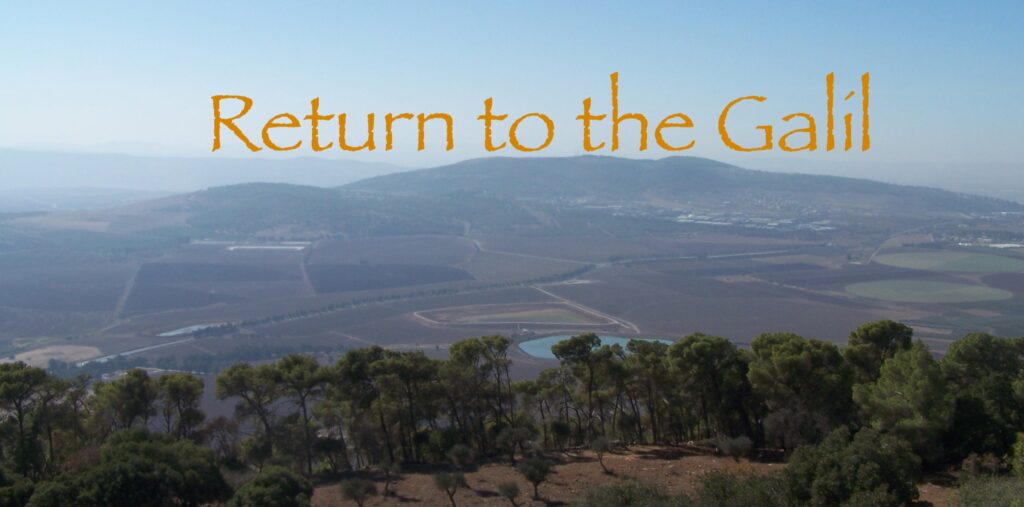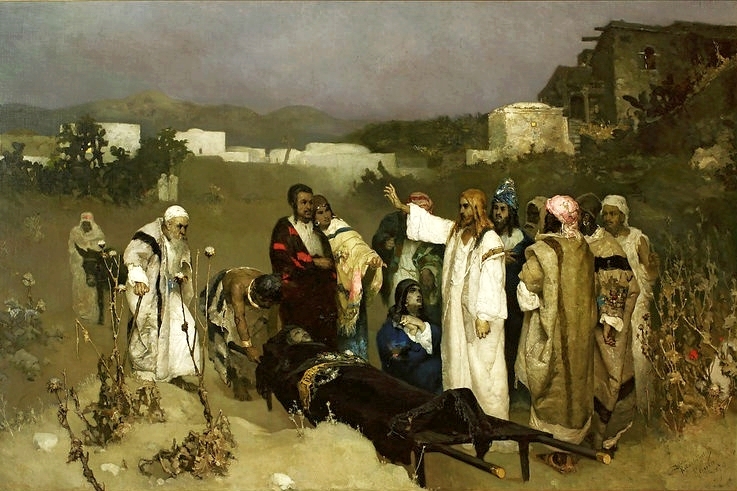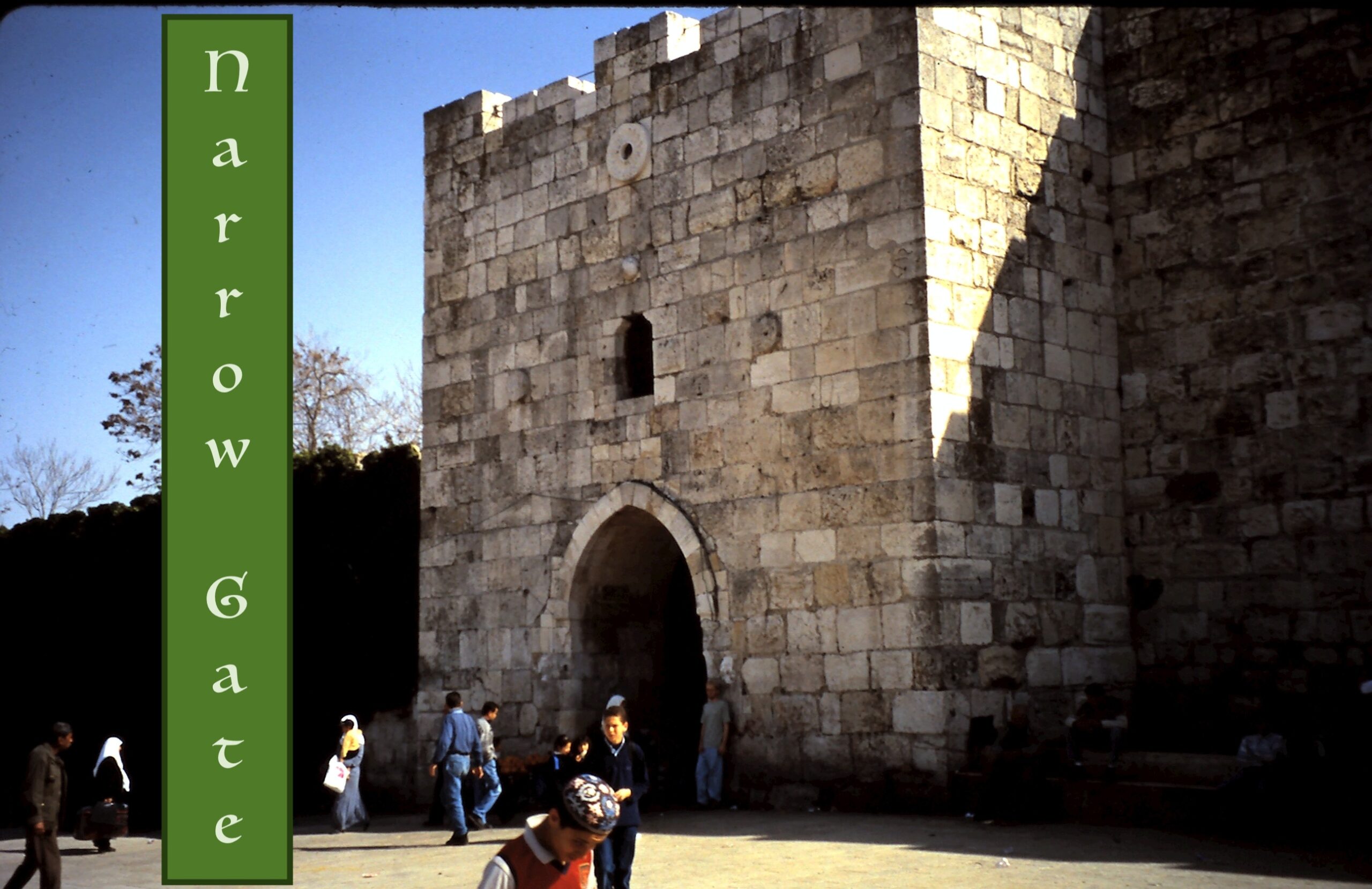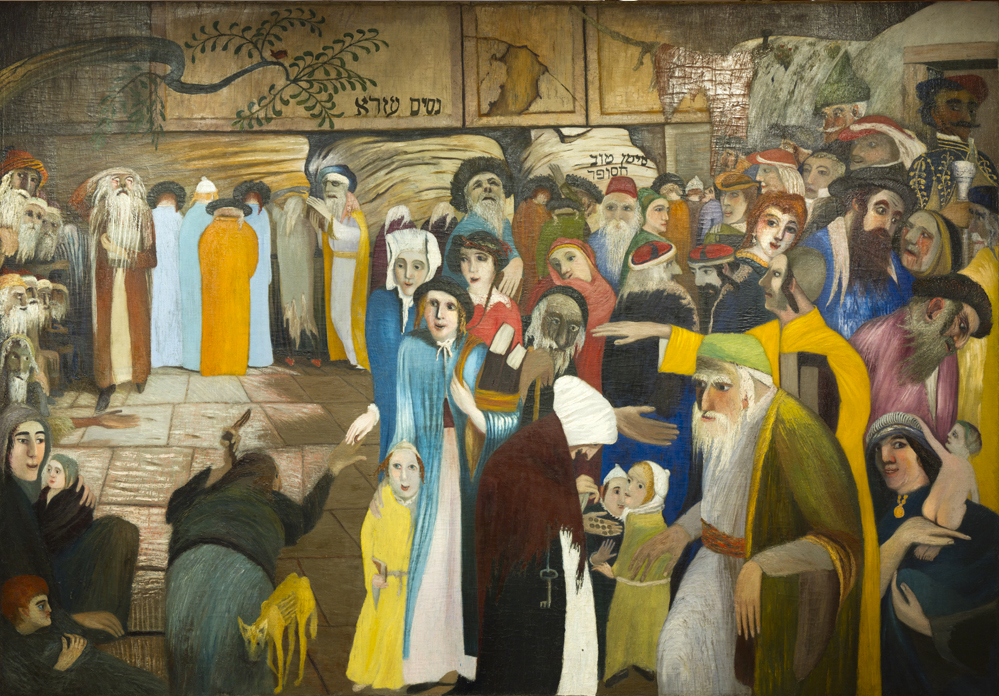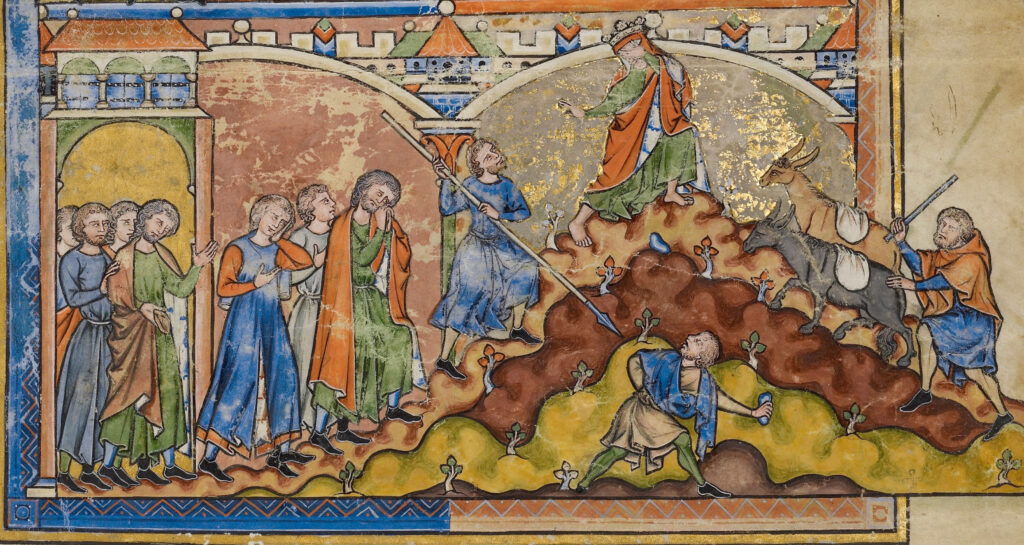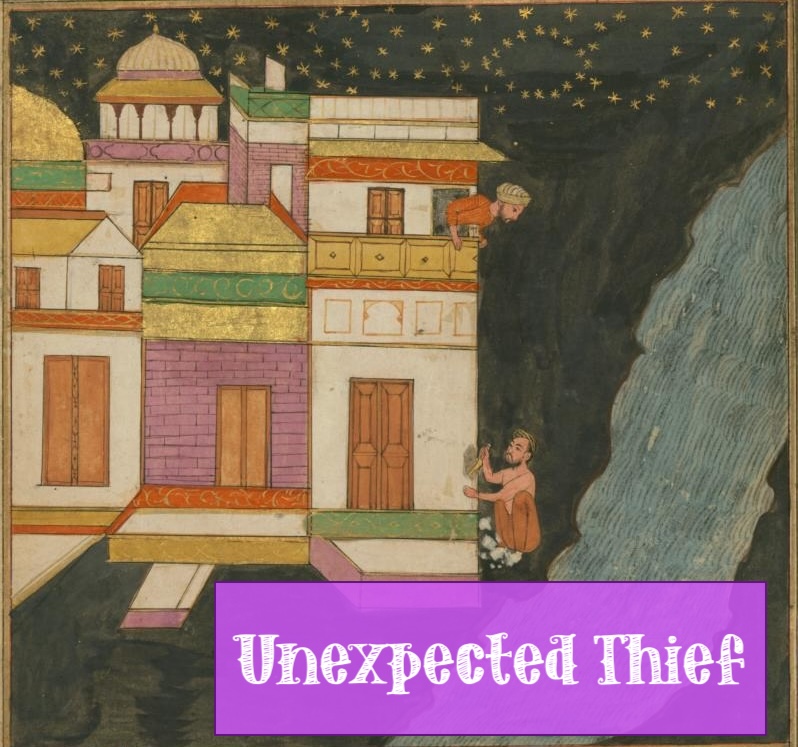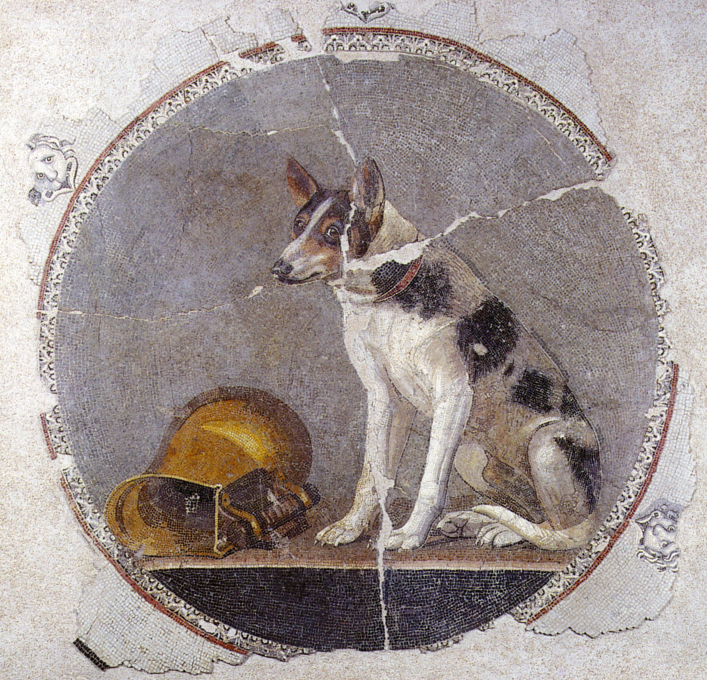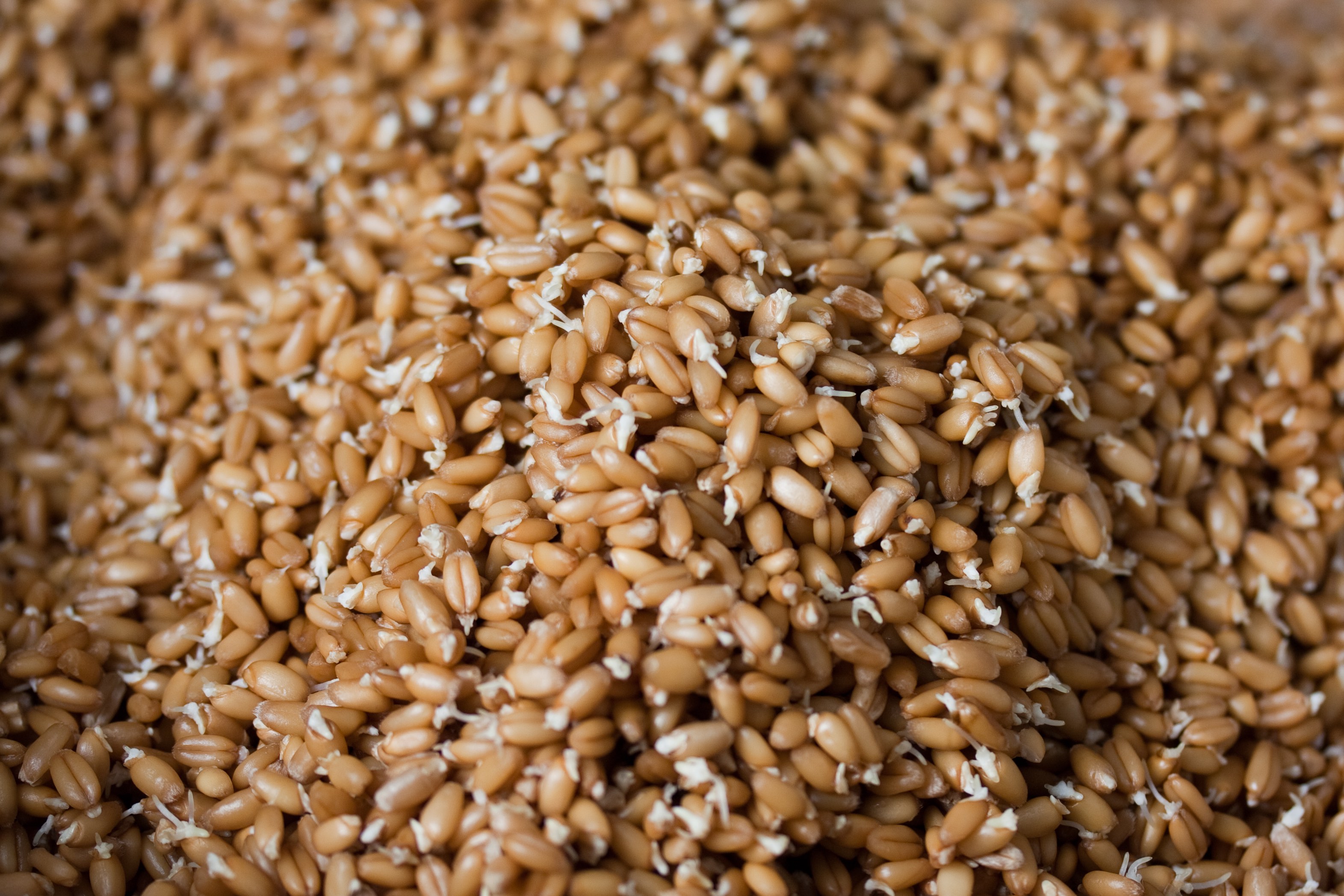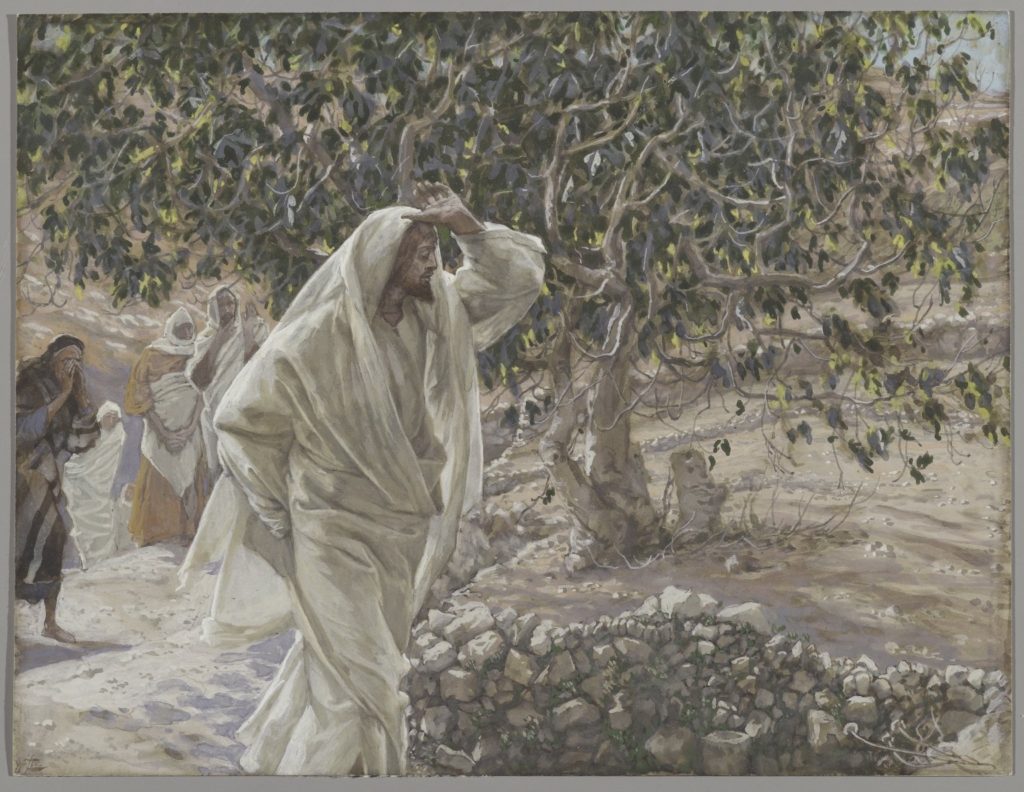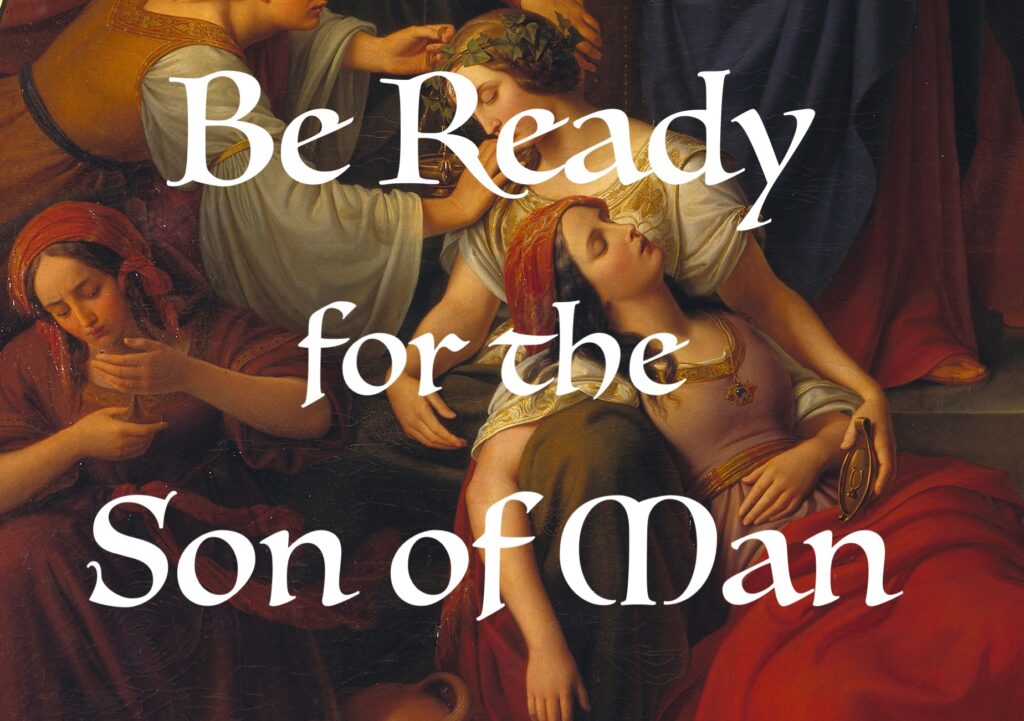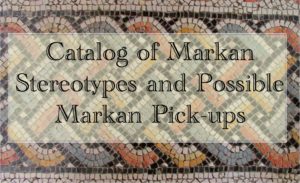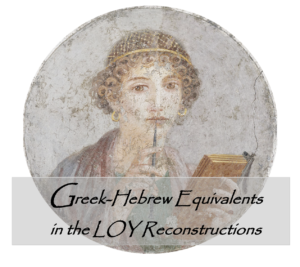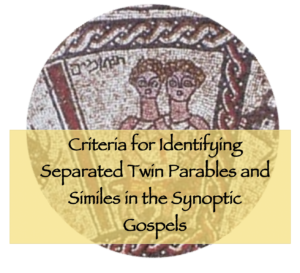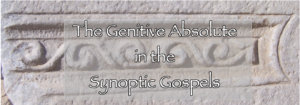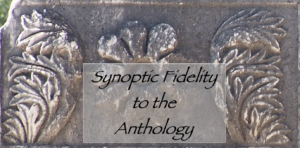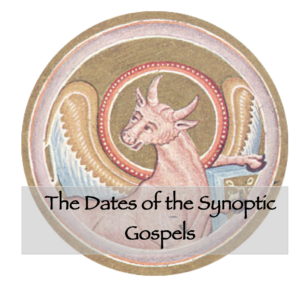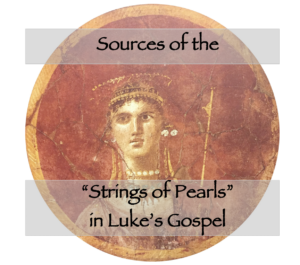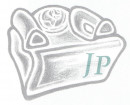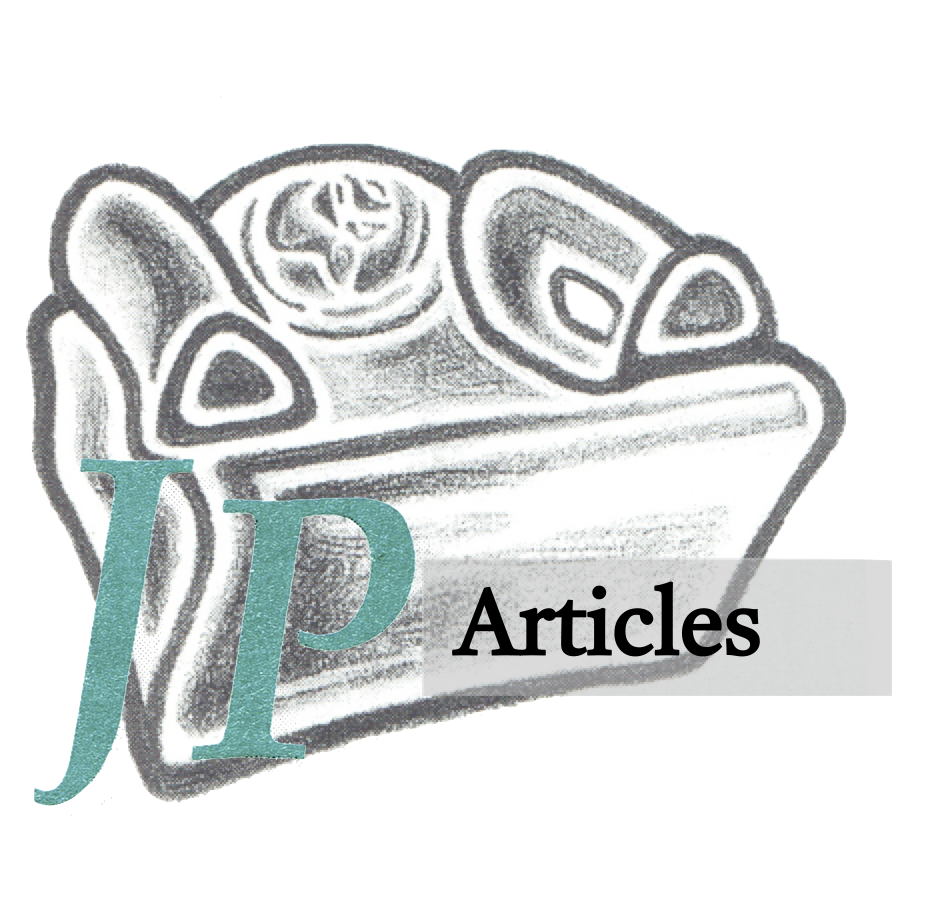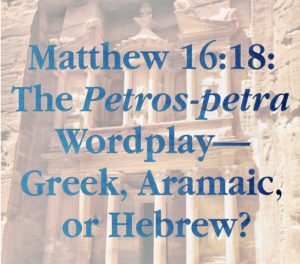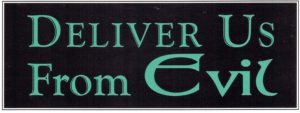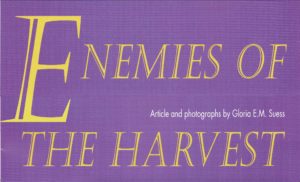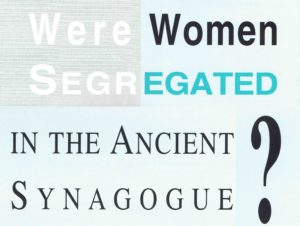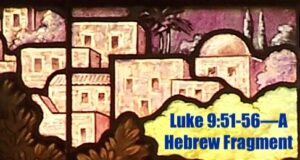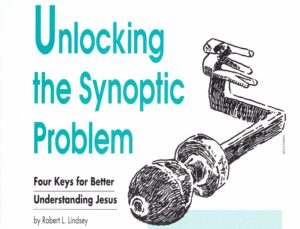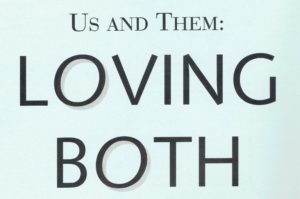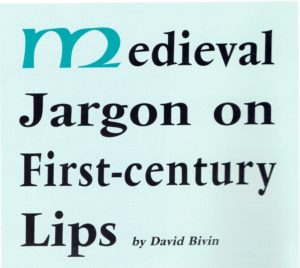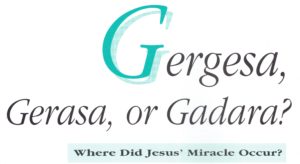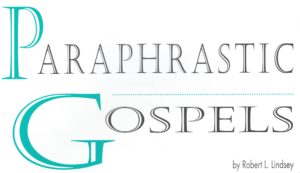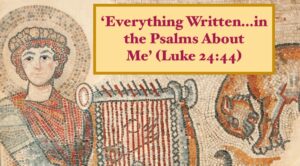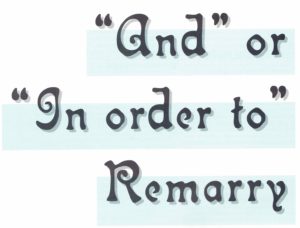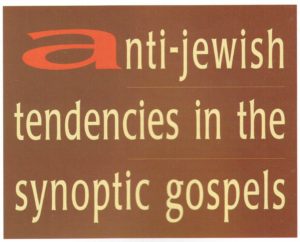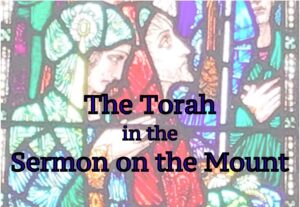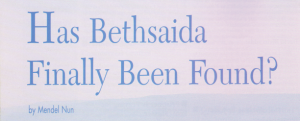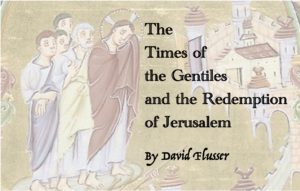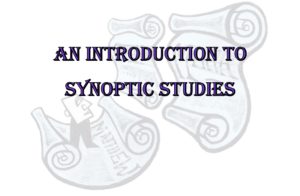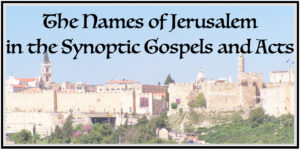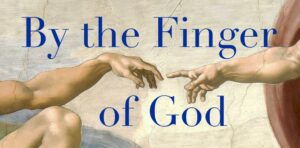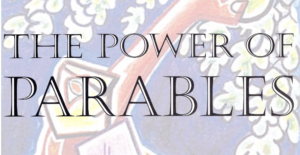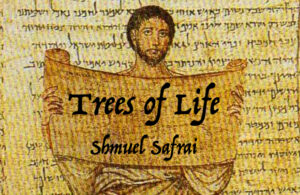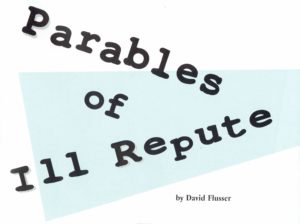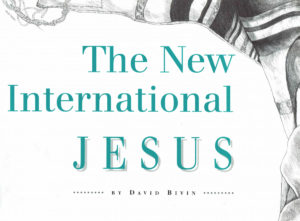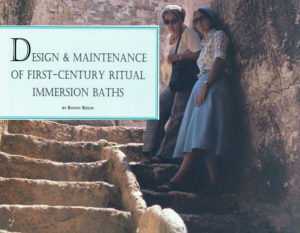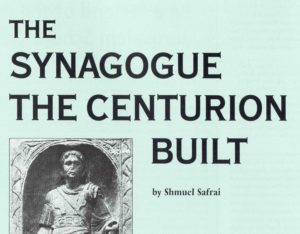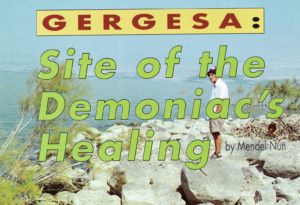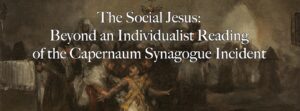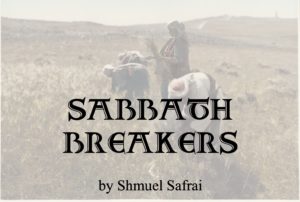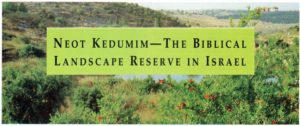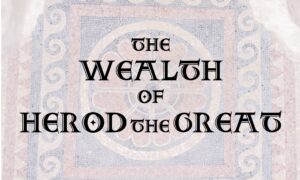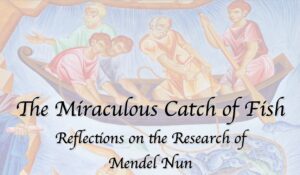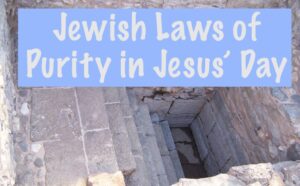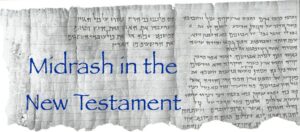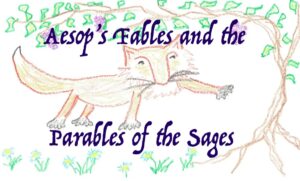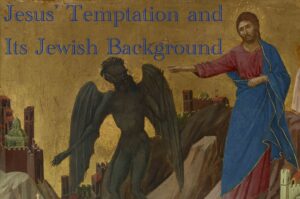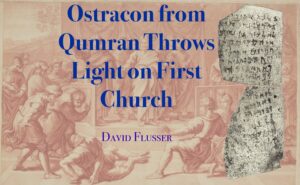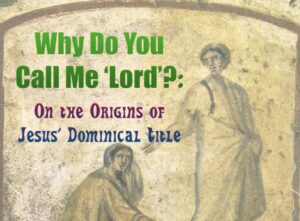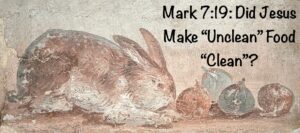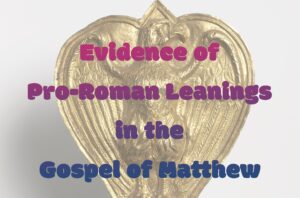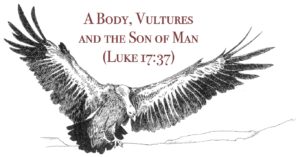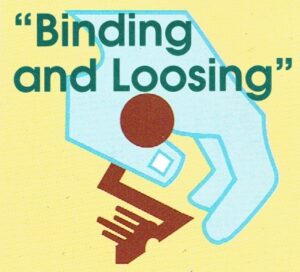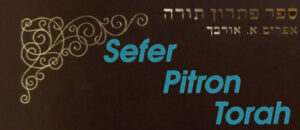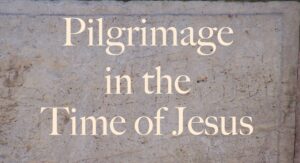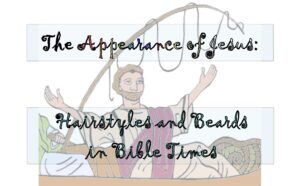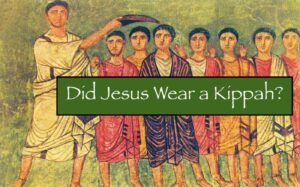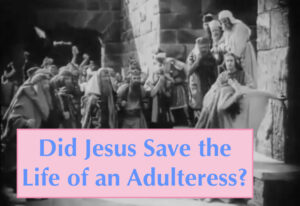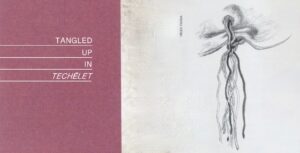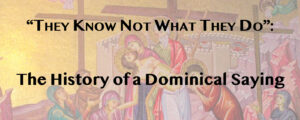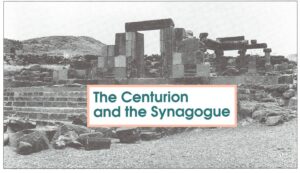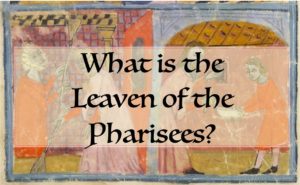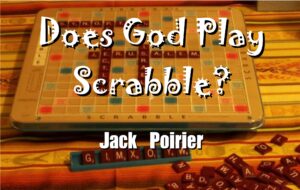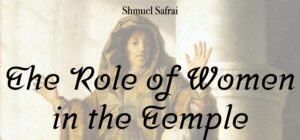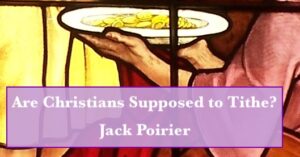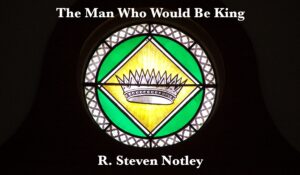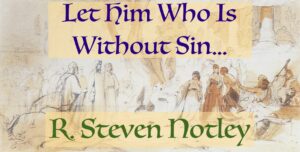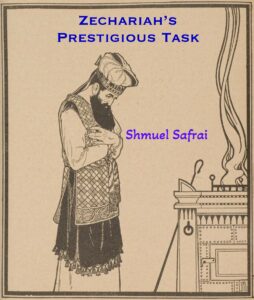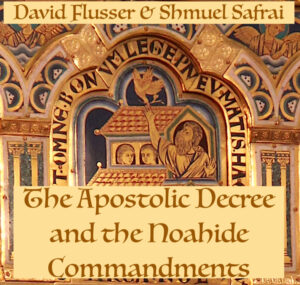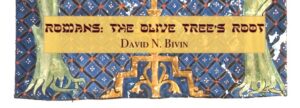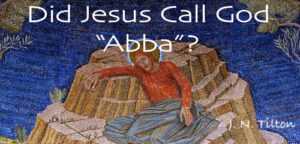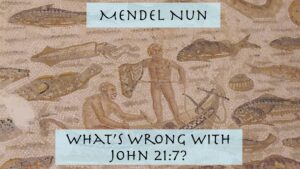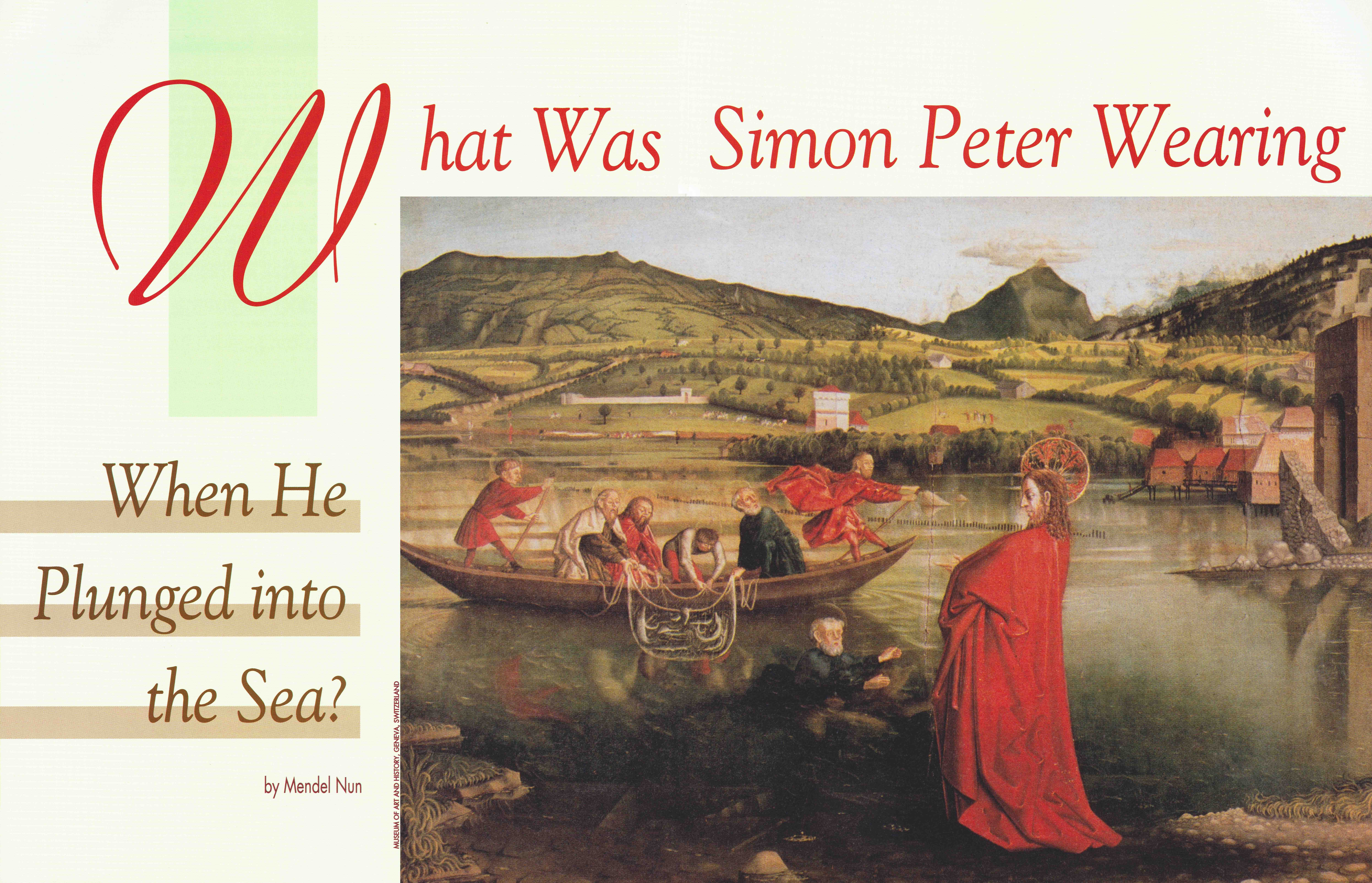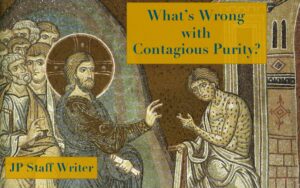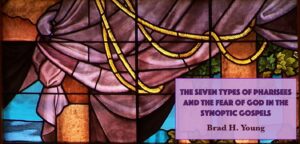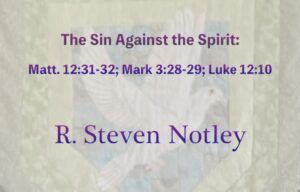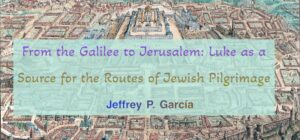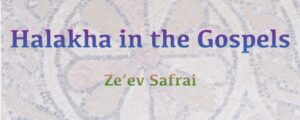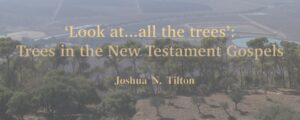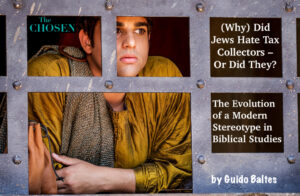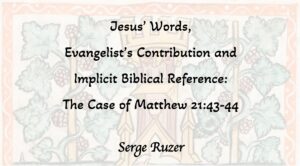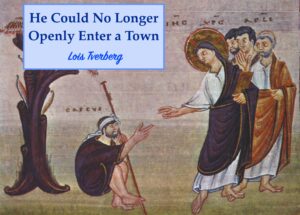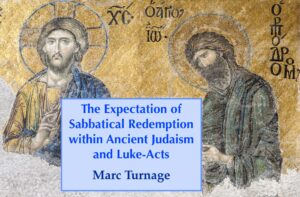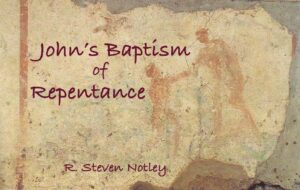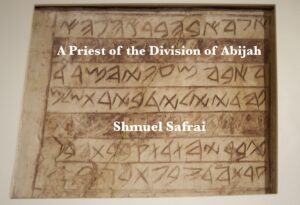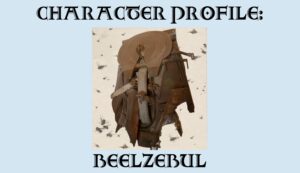David N. Bivin, General Editor
Joshua N. Tilton, Researcher and Writer
Lauren S. Asperschlager, Copy Editor
Updated: 6 June 2025
Under the direction of David Bivin, Jerusalem Perspective (JP) has launched an attempt to reconstruct the account of Jesus’ life which, according to church tradition, was written in Hebrew by Jesus’ disciple Matthew. Although this ancient eyewitness account is no longer extant, we believe that significant portions of this source have been preserved in the canonical Gospels of Matthew, Mark and Luke. If this theory is correct, then the first three canonical Gospels are the grandchildren or great-grandchildren of that conjectured Hebrew biography, which we refer to as the Hebrew Life of Yeshua (LOY).
An attempt also has been made to reconstruct the first Greek translation of the Hebrew Life of Yeshua, a more immediate ancestor of Matthew, Mark and Luke.
Reconstructing the Hebrew Life of Yeshua is possible because the traditions preserved in the Synoptic Gospels show signs of literary development that occurred as these traditions passed through various stages before reaching their present form.
These stages include:
- Translation from a written Hebrew biography to Greek;
- A stage in which the highly literal and, consequently, unidiomatic Greek translation passed into improved Greek versions;
- The stages of development that took place as the traditions passed from the earliest Synoptic Gospel to the second Gospel, and from the second to the third.
| The two videos above offer an introductory explanation of how Robert Lindsey’s solution to the Synoptic Problem works and what his theory is able to explain. |
The Life of Yeshua: A Suggested Reconstruction is an attempt to follow those stages backward to reach the earliest form of the Gospel traditions that originated in the Hebrew Life of Yeshua.
A commentary accompanying each segment of the reconstruction explains the reasons for the decisions we made and discusses new insights that are gained from reconstructing Jesus’ words in their original language and in their original contexts.
Subscribers to JP’s Premium Content already have full access to the LOY Commentary (make sure you’re logged in). Although JP membership gives the best value for your dollar, non-subscribers who prefer to do so may purchase access to just the LOY Commentary. Click here to learn how.
LOY Tools & Introductory Materials
- Introduction to The Life of Yeshua: A Suggested ReconstructionPurpose and goals of the LOY Commentary.
- Map of the Conjectured Hebrew Life of YeshuaReconstructed order of all LOY pericopae.
- Scripture Key to The Life of Yeshua: A Suggested ReconstructionLOY pericopae in their scriptural order.
- Transliteration Guide to The Life of Yeshua: A Suggested ReconstructionLOY transliteration system.
- Cumulative Life of Yeshua Hebrew ReconstructionsThe reconstructed Hebrew text of the Life of Yeshua (thus far completed) with accompanying English translation.
- Cumulative Life of Yeshua Greek ReconstructionsThe reconstructed Greek text of the Anthology (thus far completed) with accompanying English translation.
______________________________________________________
Video: Navigating LOY (How to Use LOY)
LOY Reconstruction Segments with Commentary
Yohanan the Immerser and Yeshua the Son of God
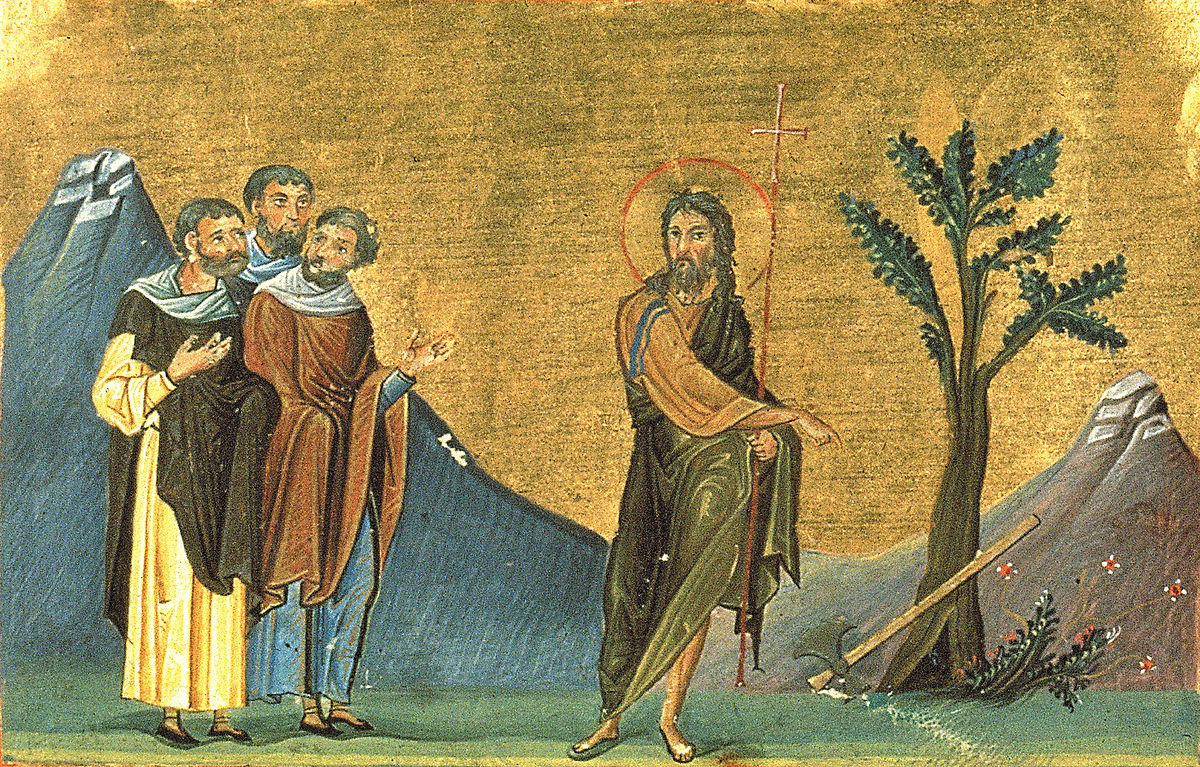 Yohanan the Immerser Demands Repentance
Yohanan the Immerser Demands Repentance
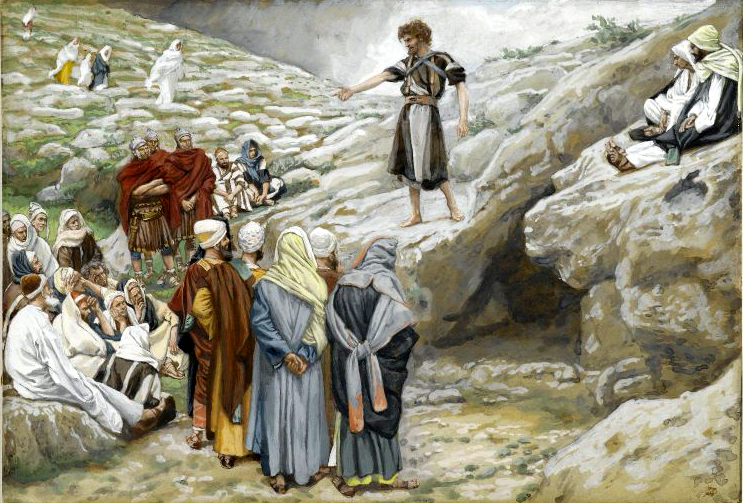 Yohanan the Immerser’s Exhortations
Yohanan the Immerser’s Exhortations
![]() Yohanan the Immerser’s Eschatological Discourse
Yohanan the Immerser’s Eschatological Discourse
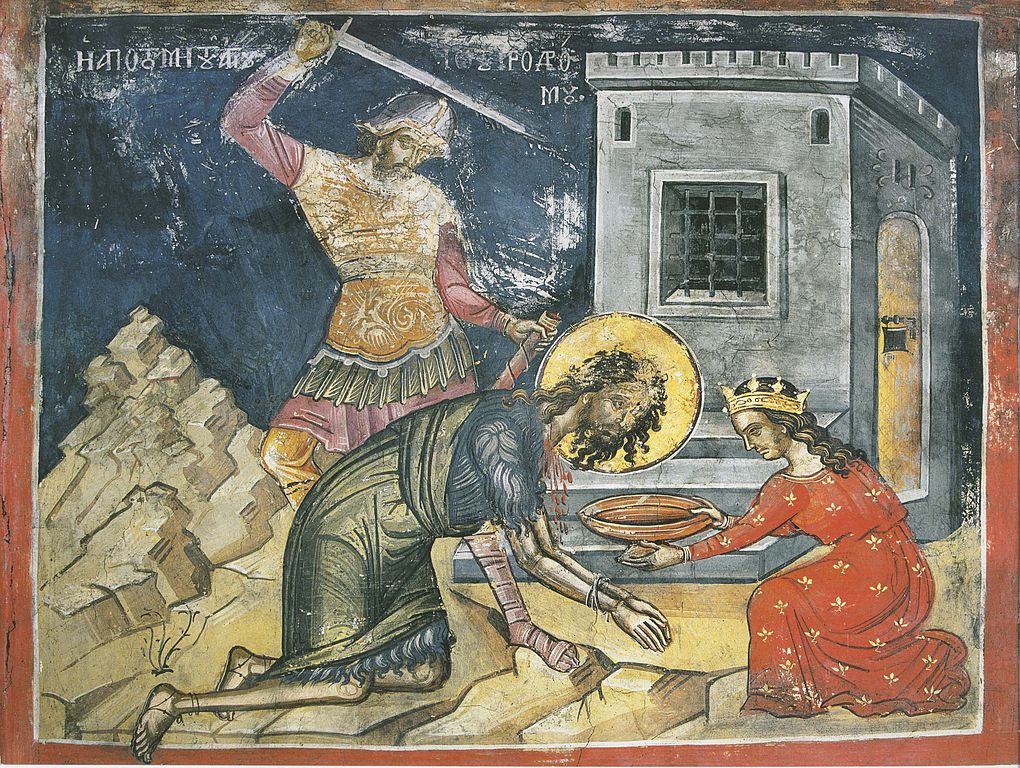 Yohanan the Immerser’s Execution
Yohanan the Immerser’s Execution
Yeshua, the Galilean Miracle-Worker
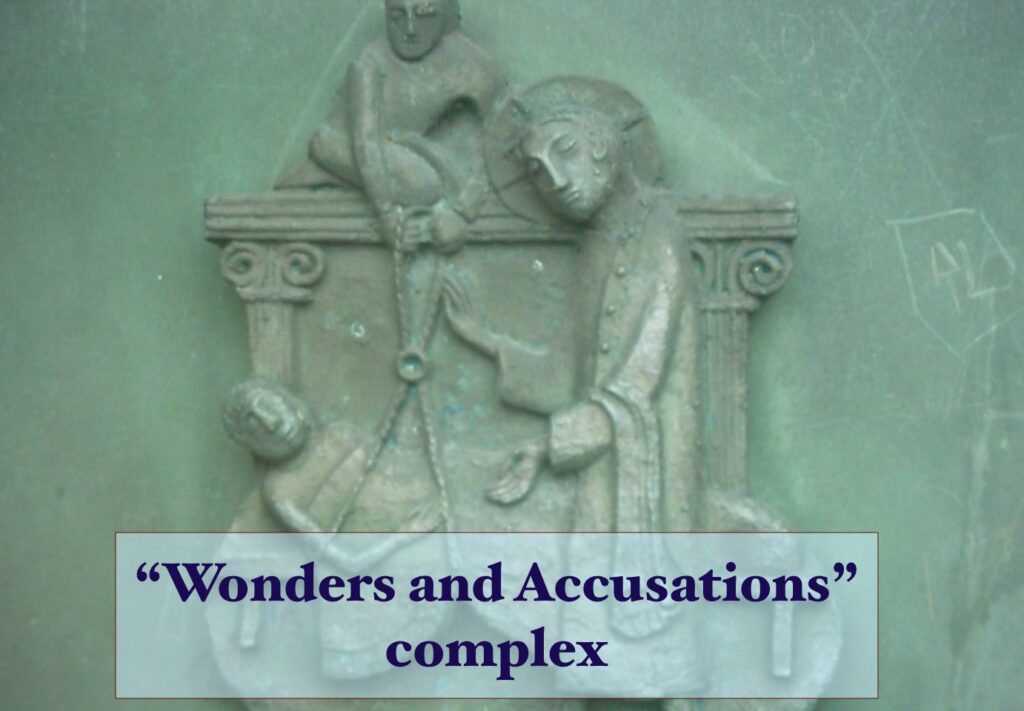 “Wonders and Accusations” complex (Recently Published Introduction)
“Wonders and Accusations” complex (Recently Published Introduction)
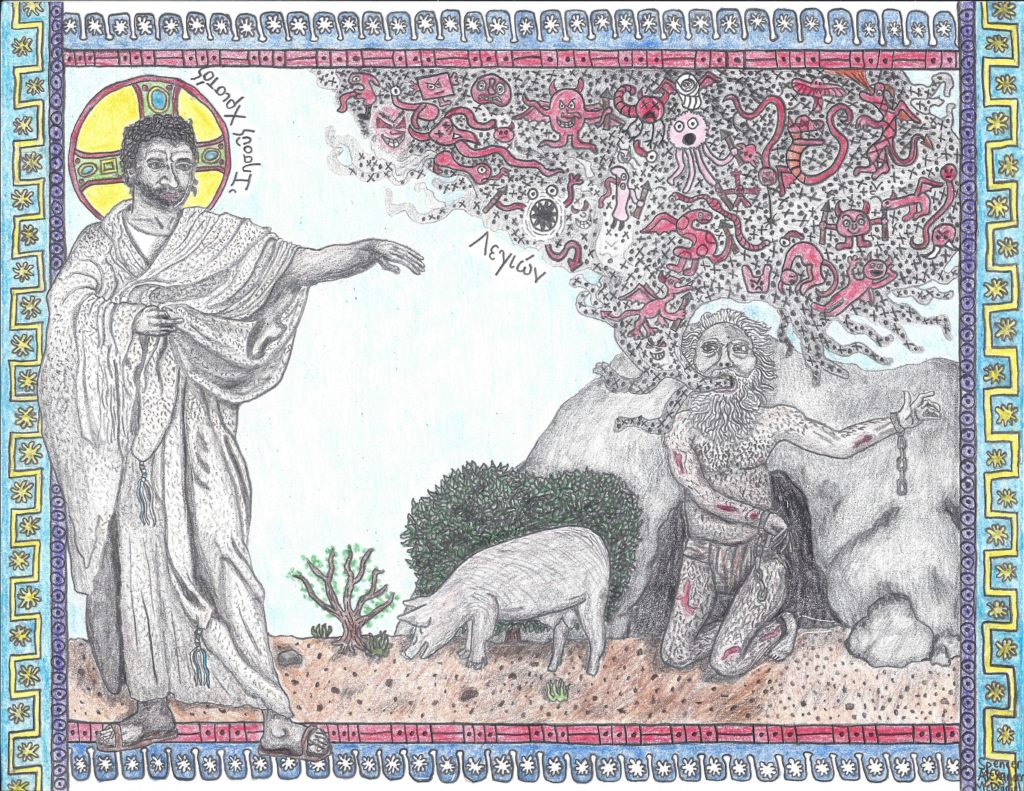 Possessed Man in Girgashite Territory
Possessed Man in Girgashite Territory
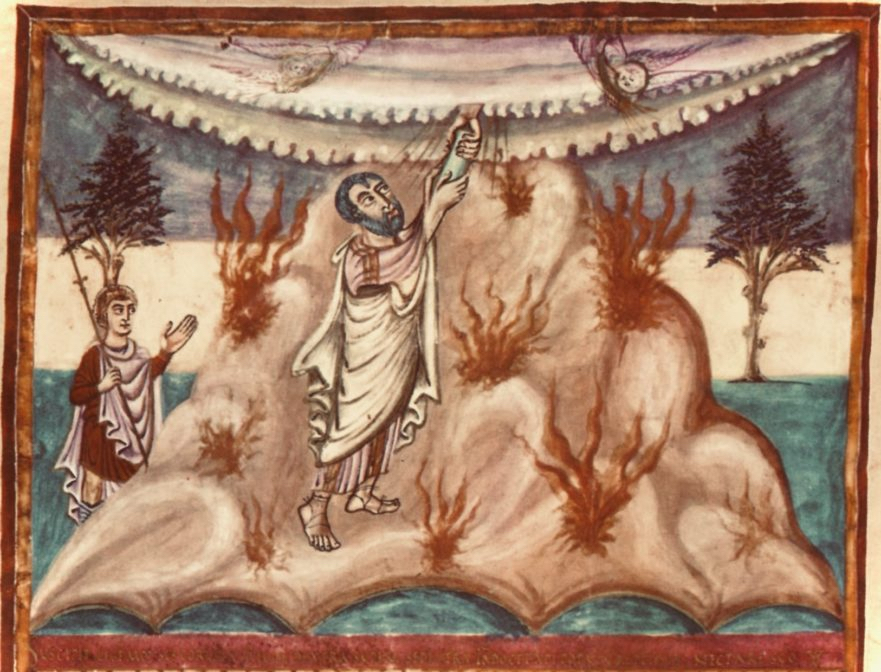 “Torah and the Kingdom of Heaven” complex
“Torah and the Kingdom of Heaven” complex
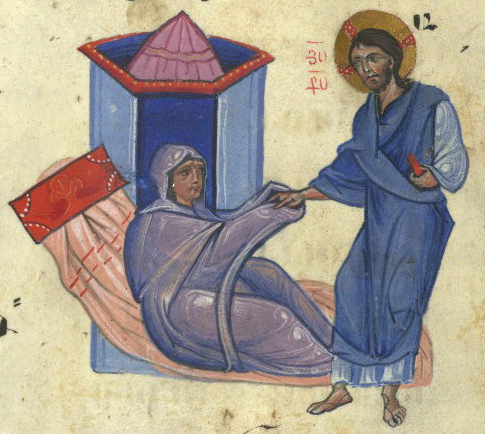 Shimon’s Mother-in-law (Recently Updated Reconstruction & Commentary!)
Shimon’s Mother-in-law (Recently Updated Reconstruction & Commentary!)
Teaching and Healing in Yehudah
![]() “Banquet in the Kingdom of Heaven” complex
“Banquet in the Kingdom of Heaven” complex
![]() “Showing Proper Humility” complex
“Showing Proper Humility” complex
Calling and Training Disciples
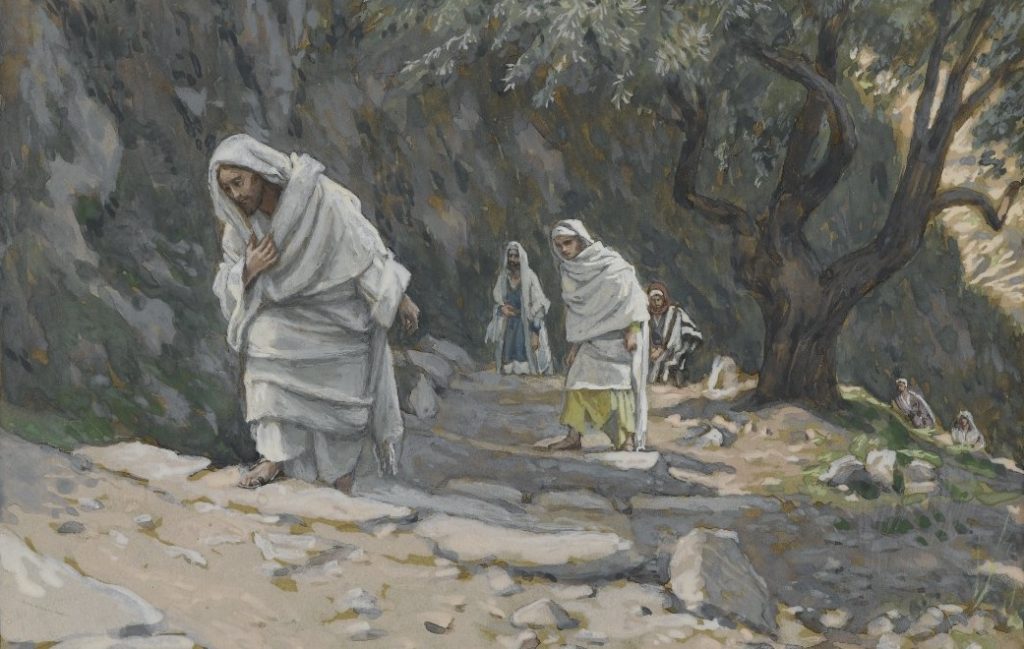 “Yeshua’s Selectivity in Accepting Disciples” complex
“Yeshua’s Selectivity in Accepting Disciples” complex
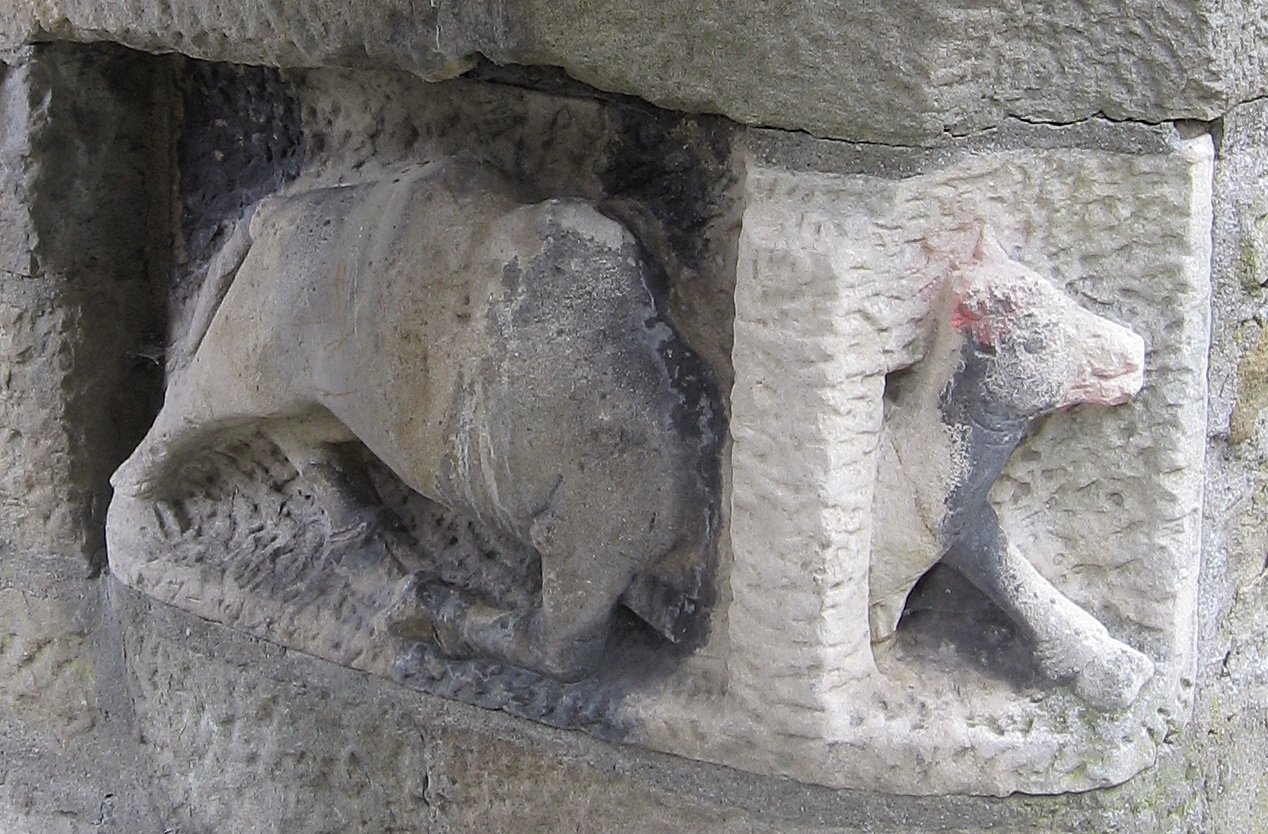 “Cost of Entering the Kingdom of Heaven” complex
“Cost of Entering the Kingdom of Heaven” complex
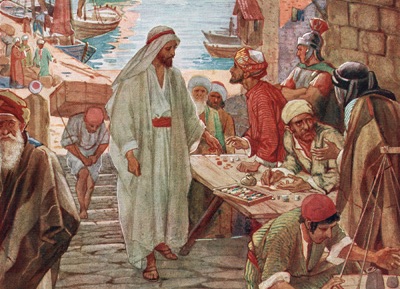 “Yeshua and Levi the Toll Collector” complex
“Yeshua and Levi the Toll Collector” complex
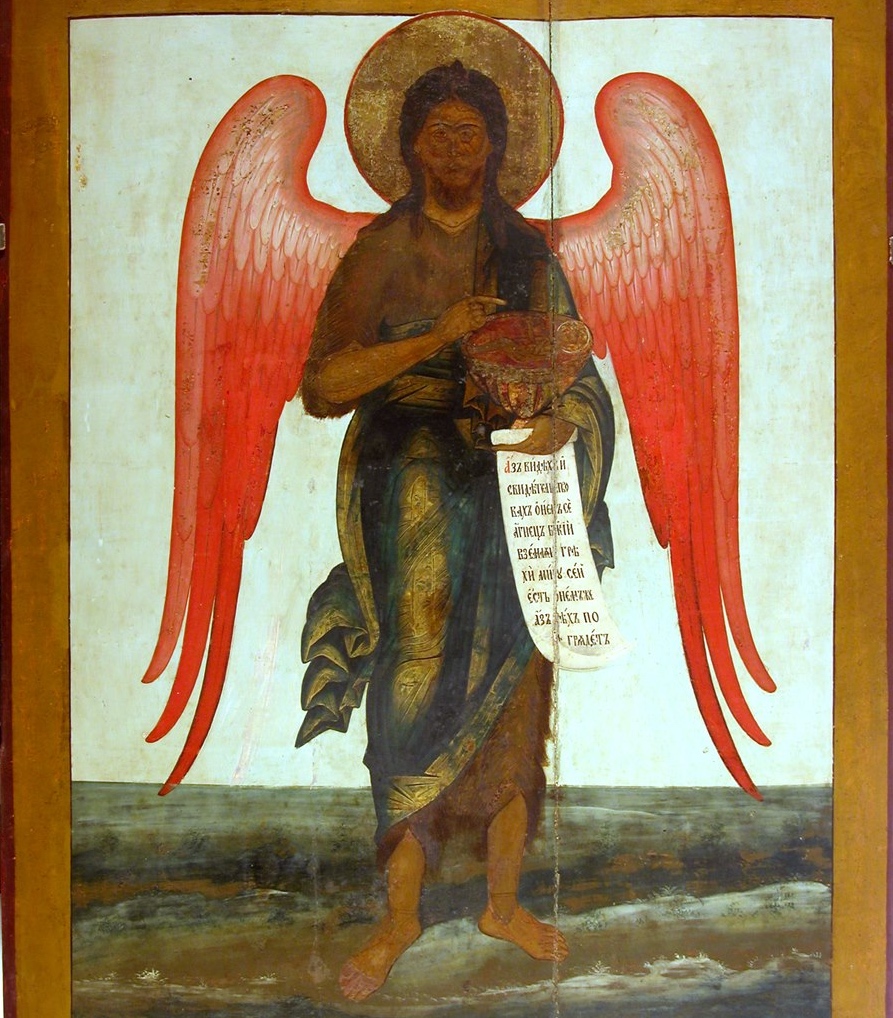 “Yohanan the Immerser and the Kingdom of Heaven” complex
“Yohanan the Immerser and the Kingdom of Heaven” complex
 “Four Types of Hearers” complex
“Four Types of Hearers” complex
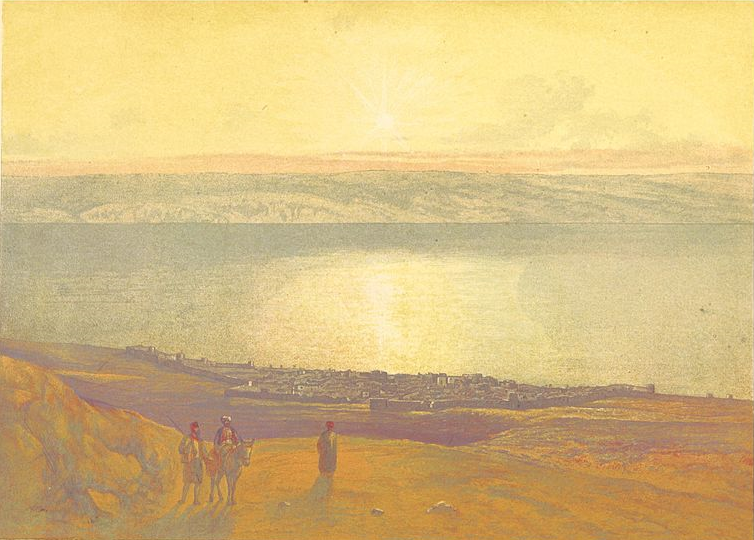 “Mission of the Twelve” complex
“Mission of the Twelve” complex
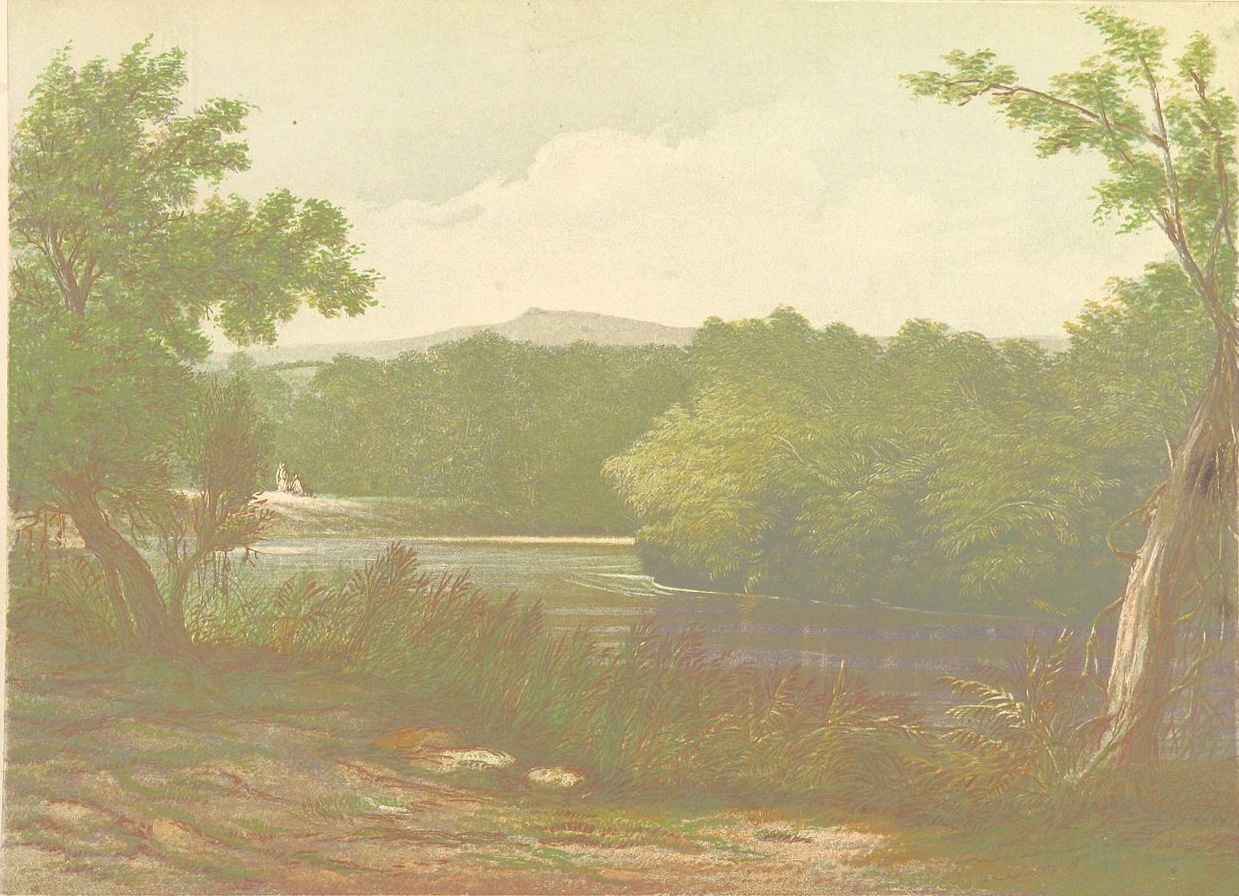 “Success of the Twelve” complex
“Success of the Twelve” complex
Last Journey to Yerushalayim
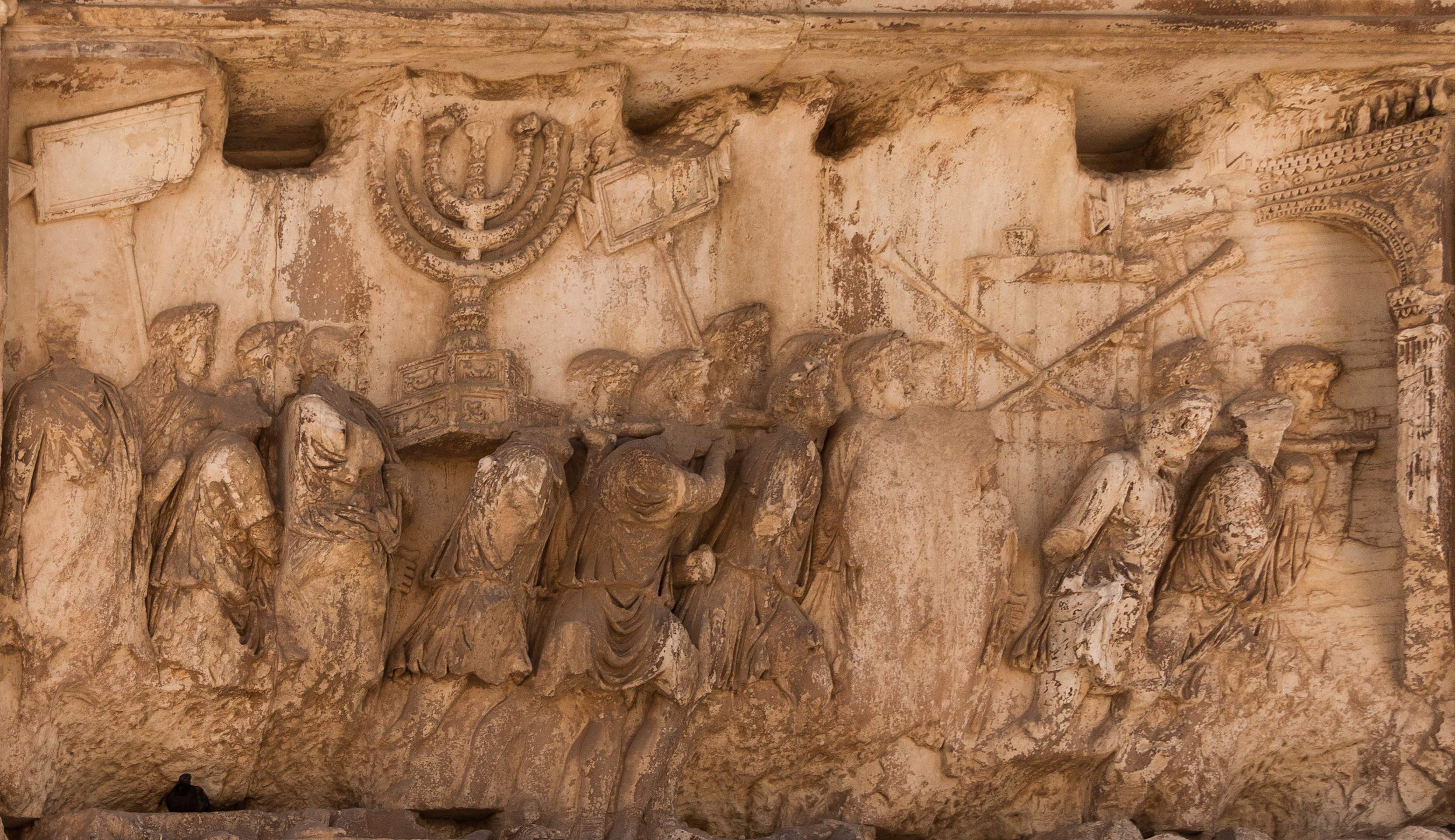 “Choose Repentance or Destruction” complex
“Choose Repentance or Destruction” complex
 Darnel Among the Wheat Parable
Darnel Among the Wheat Parable
Yeshua in Yerushalayim
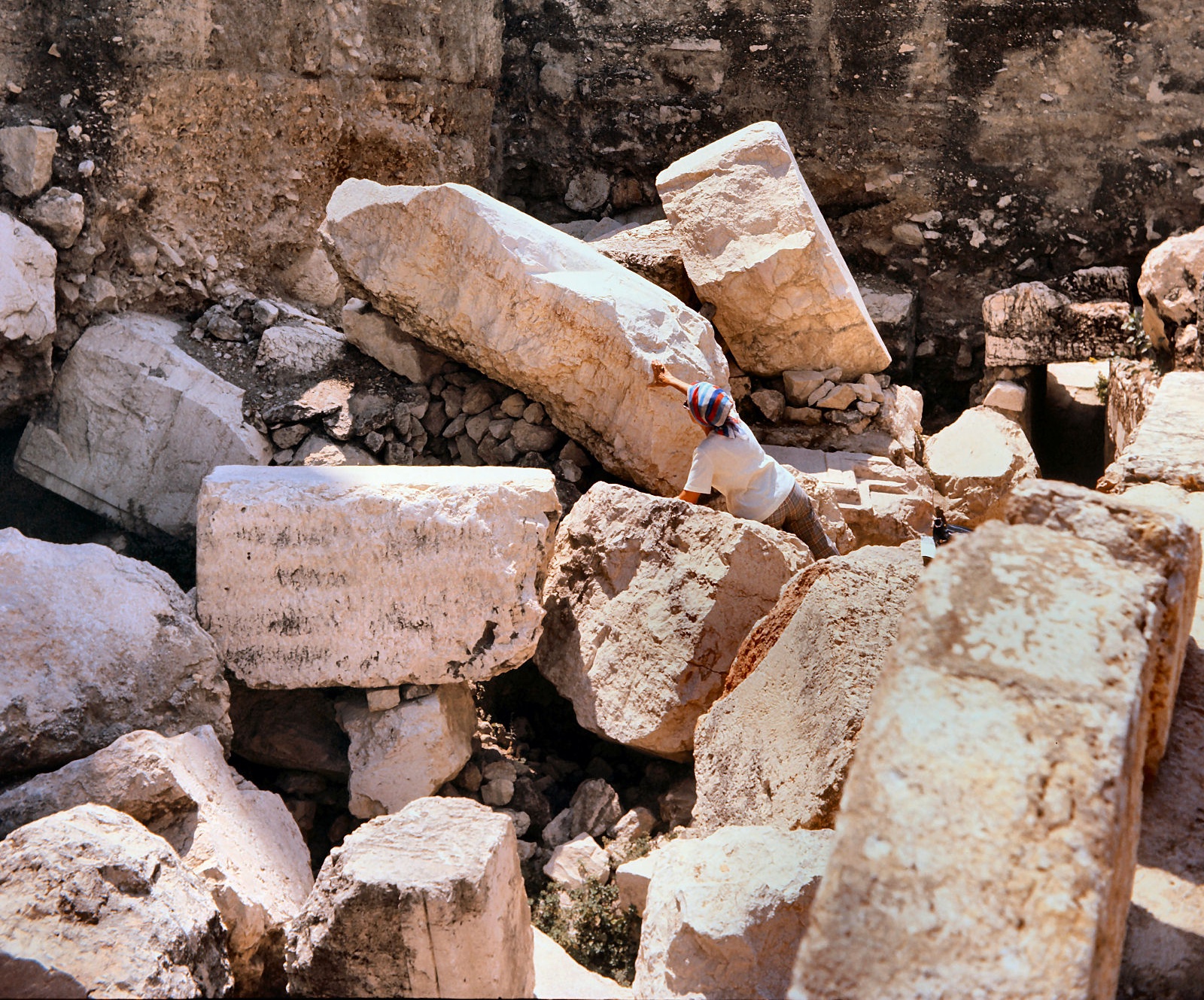 “Destruction and Redemption” complex
“Destruction and Redemption” complex
Passover
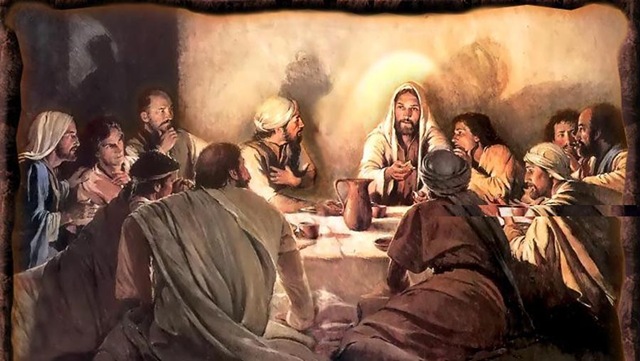 Preparations for Eating the Passover Lamb
Preparations for Eating the Passover Lamb
Post-resurrection Training of Yeshua’s Disciples
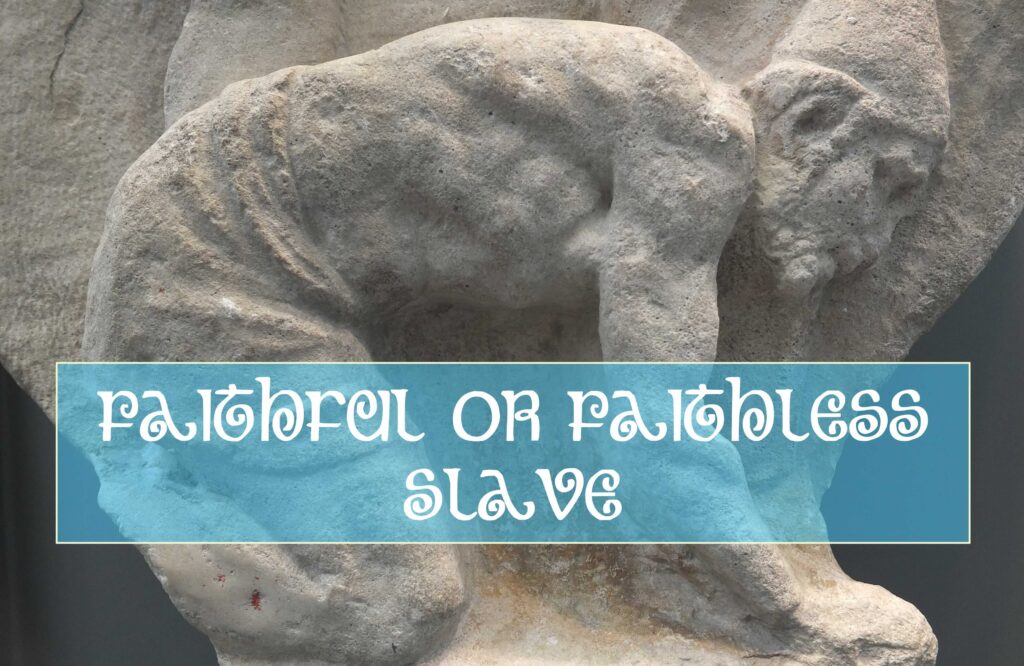 Faithful or Faithless Slave (Recently Published!)
Faithful or Faithless Slave (Recently Published!)
Commentary on Pericopae External to LOY[1]
 Refusing John the Baptist (Hot off the press!)
Refusing John the Baptist (Hot off the press!)
LOY Excursus
- LOY Excursus: Mark’s Editorial Style
- LOY Excursus: Greek Transliterations of Hebrew, Aramaic and Hebrew/Aramaic Words in the Synoptic Gospels
- LOY Excursus: The Kingdom of Heaven in the Life of Yeshua
- LOY Excursus: Catalog of Markan Stereotypes and Possible Markan Pick-ups
- LOY Excursus: Greek-Hebrew Equivalents in the LOY Reconstructions
- LOY Excursus: Criteria for Identifying Separated Twin Parables and Similes in the Synoptic Gospels
- LOY Excursus: Criteria for Distinguishing Type 1 from Type 2 Double Tradition Pericopae
- LOY Excursus: The Genitive Absolute in the Synoptic Gospels
- LOY Excursus: Synoptic Fidelity to the Anthology
- LOY Excursus: The Dates of the Synoptic Gospels
- LOY Excursus: Sources of the “Strings of Pearls” in Luke’s Gospel
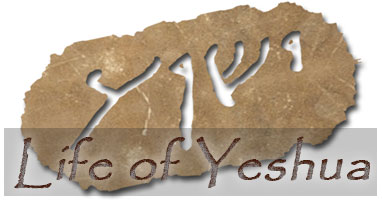 Click here to return to the top of the The Life of Yeshua: A Suggested Reconstruction main page.
_______________________________________________________
Click here to return to the top of the The Life of Yeshua: A Suggested Reconstruction main page.
_______________________________________________________
- [1] By “external to LOY” we simply mean that we believe a given pericope did not originate in the Hebrew Life of Yeshua, but was derived from another written or oral source, possibly even from eye-witness testimony. The designation “external to LOY” refers exclusively to our source-critical analysis, and implies nothing about the historical, religious or theological value of a given pericope, or our opinion of its inspiration or canonicity. ↩

